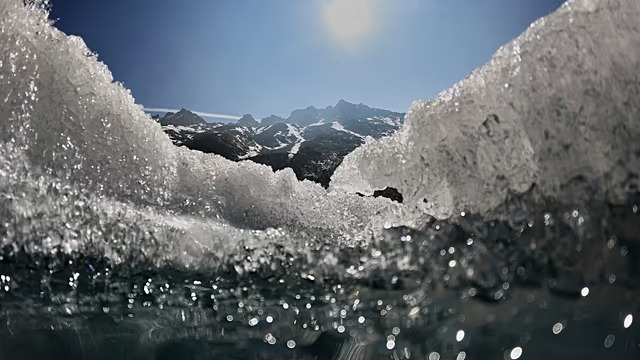
The Vanishing Giants of Ice
2025 has delivered grim news for the world’s glaciers. A cascade of scientific reports confirms what satellite images and field observations have long suggested: mountain glaciers are melting at unprecedented rates. Since the turn of the millennium, over 7 trillion tons of ice have vanished from these frozen reservoirs, reshaping landscapes and threatening ecosystems worldwide.
On the Italian side of the Mont Blanc massif, researchers like Davide Fugazza from the University of Milan have observed a troubling slowdown in glacier movement—a clear sign of reduced snowfall and mass input. The implications stretch far beyond scenic loss; they signal a disruption in the planet’s natural climate record.
Unlocking the Ice Time Capsules
In the Pamir Mountains of Tajikistan, perched at a staggering 5,800 meters, an international team of scientists is racing to preserve one of Earth’s most precious climate archives. Led by the Swiss-funded PAMIR Project, the expedition is drilling deep into the Kon Chukurbashi ice cap to extract the region’s first-ever deep ice cores.
American scientist Evan Miles, who has spearheaded the mission for four years, endures brutal conditions—temperatures plunging to minus 25°C with wind chill—to retrieve these frozen relics. Each core is a time capsule, offering insights into centuries of rainfall, volcanic eruptions, and even human activity like the Industrial Revolution and nuclear testing.
Much like tree rings or coral layers, ice cores provide a year-by-year account of Earth’s climate history. Their value is immeasurable, especially in data-scarce regions like Central Asia.
A Climate Archive on the Brink
But this natural archive is under siege. As global temperatures rise, particularly at high altitudes, the upper layers of ice—those formed in the last few centuries—are at risk of contamination. Meltwater can seep into the firn (compacted snow atop the glacier), erasing the delicate climate signals scientists rely on.
Professor Thomas F. Stocker of the Ice Memory Foundation warns that even the Pamirs are not immune to scorching summer temperatures. Once the ice begins to melt and mix, the historical data it holds could be lost forever.
Why It Matters
The stakes are high. This glacier influences water resources across the Indian subcontinent and may even affect monsoon patterns. Losing its climate record would mean forfeiting crucial knowledge about regional and global climate dynamics.
The success of the PAMIR Project could provide scientists with a long-term climate dataset from one of the world’s least studied regions—an invaluable tool for understanding and mitigating the effects of climate change.
